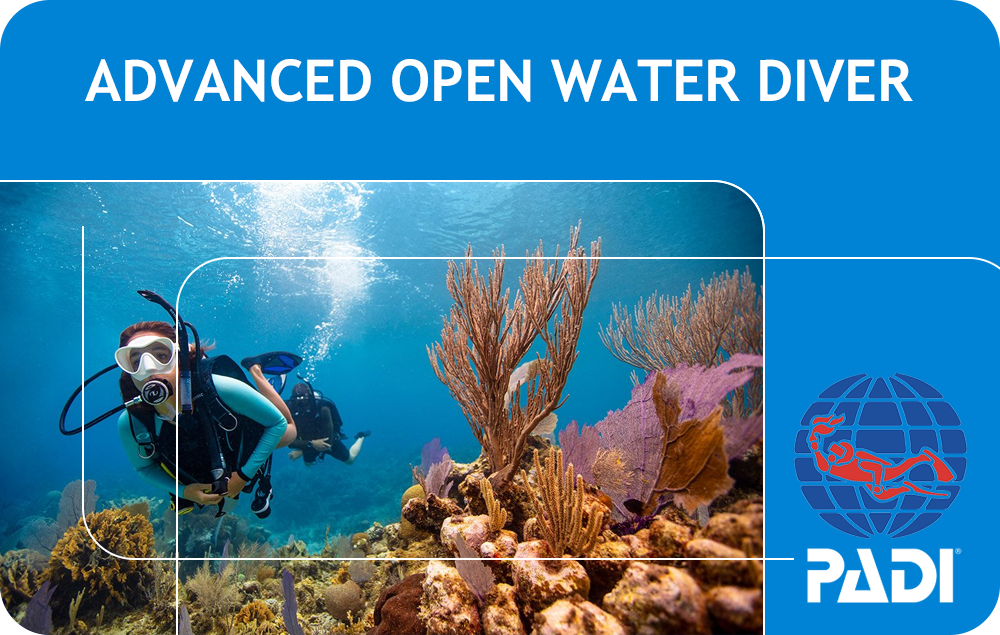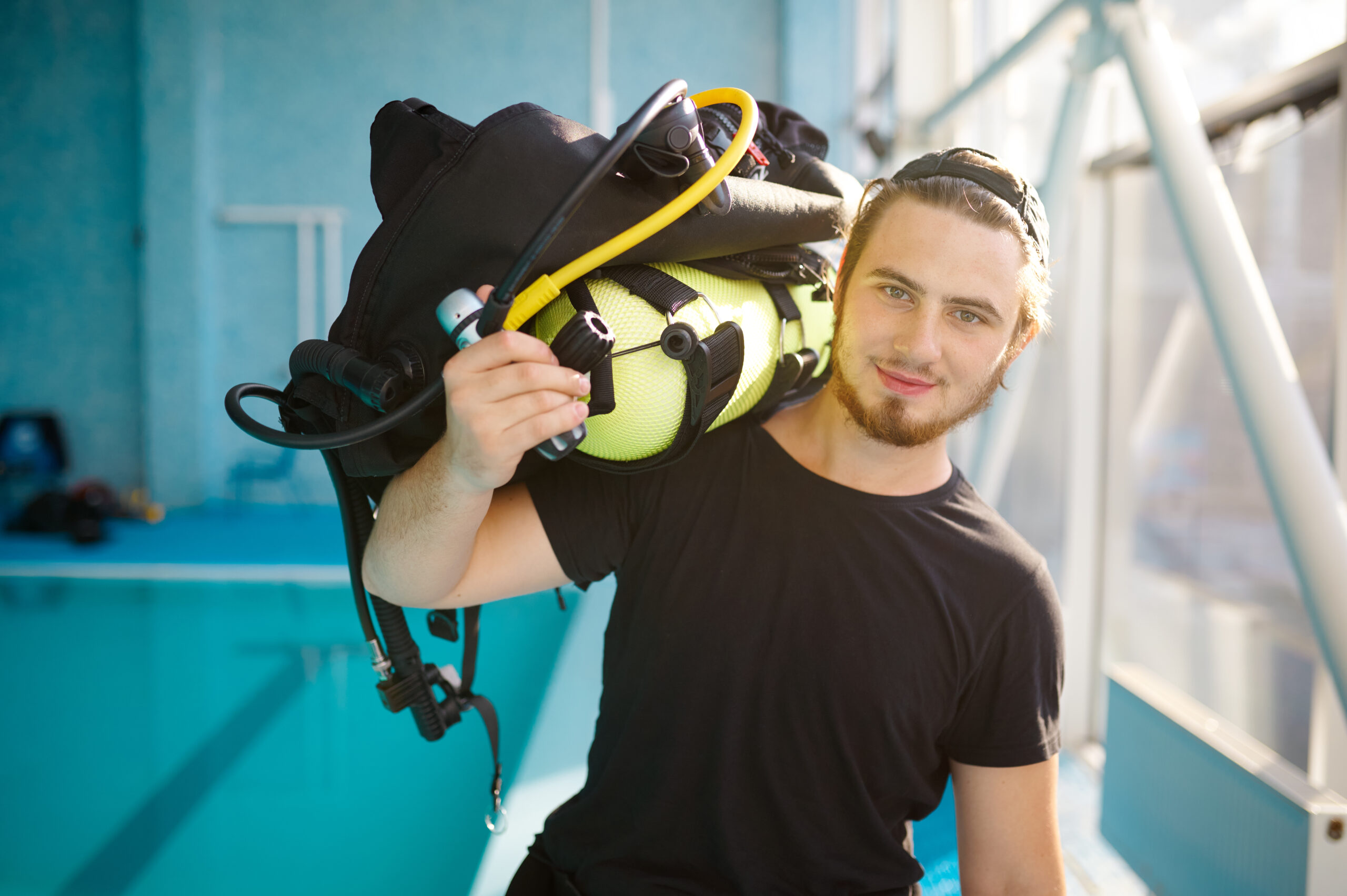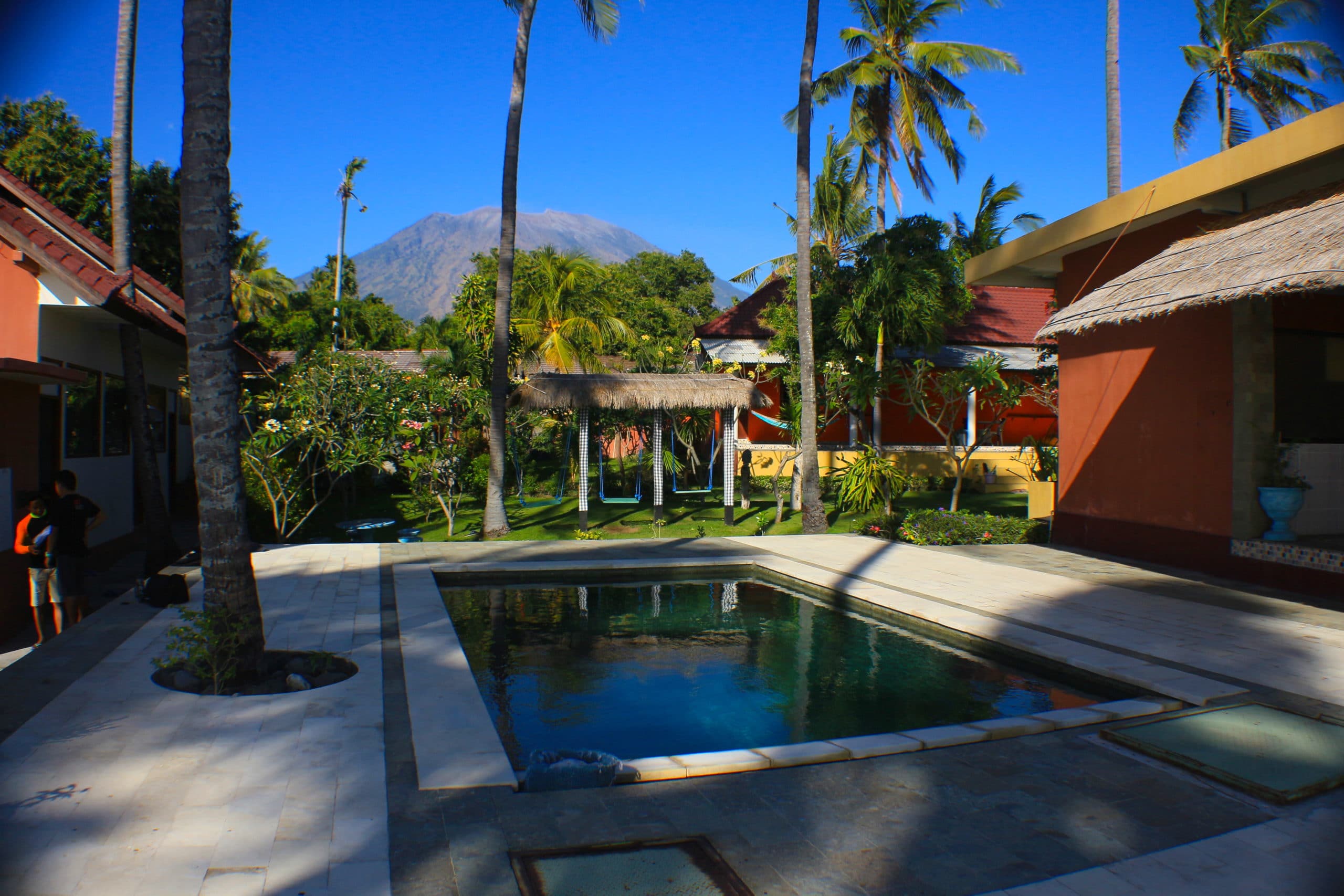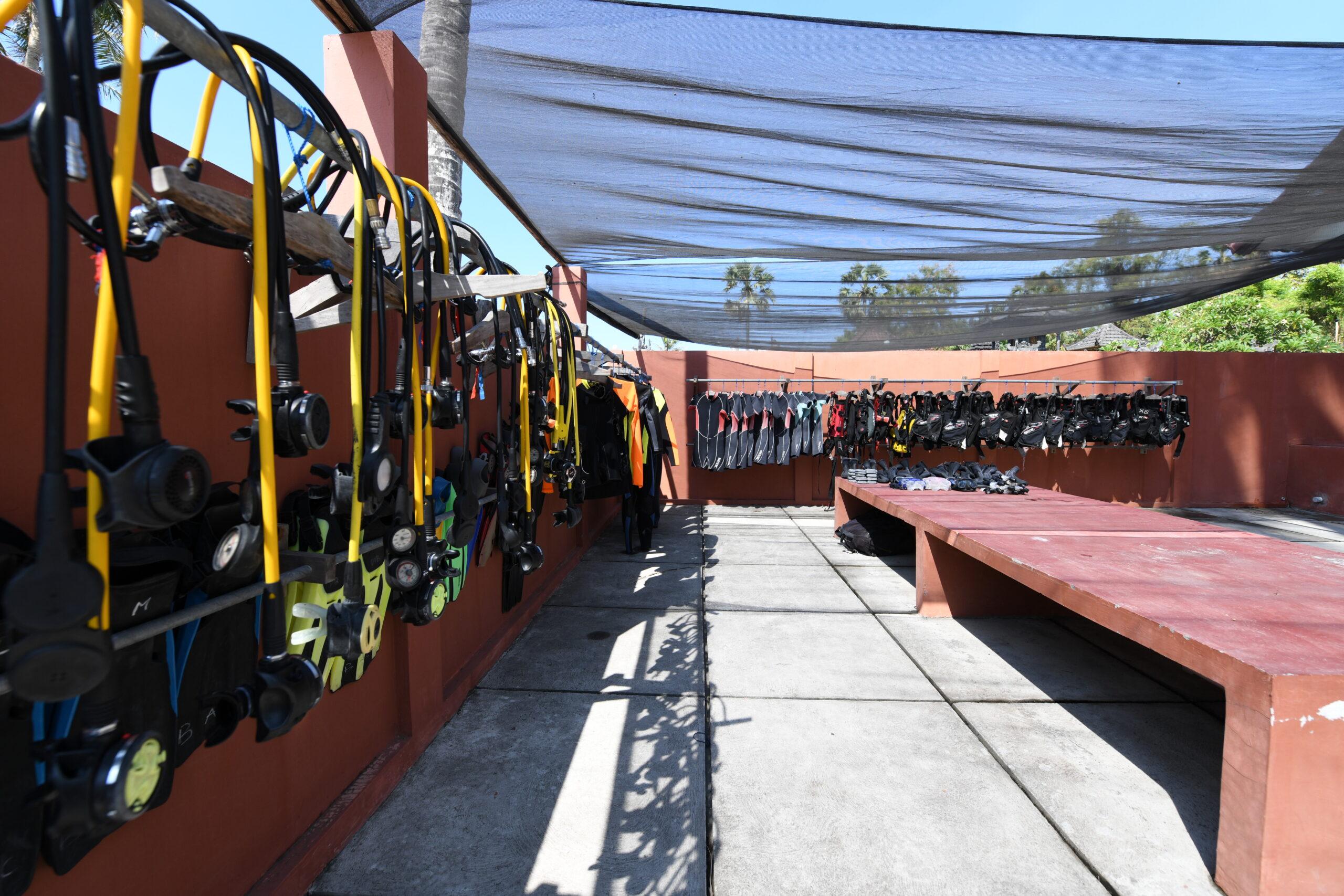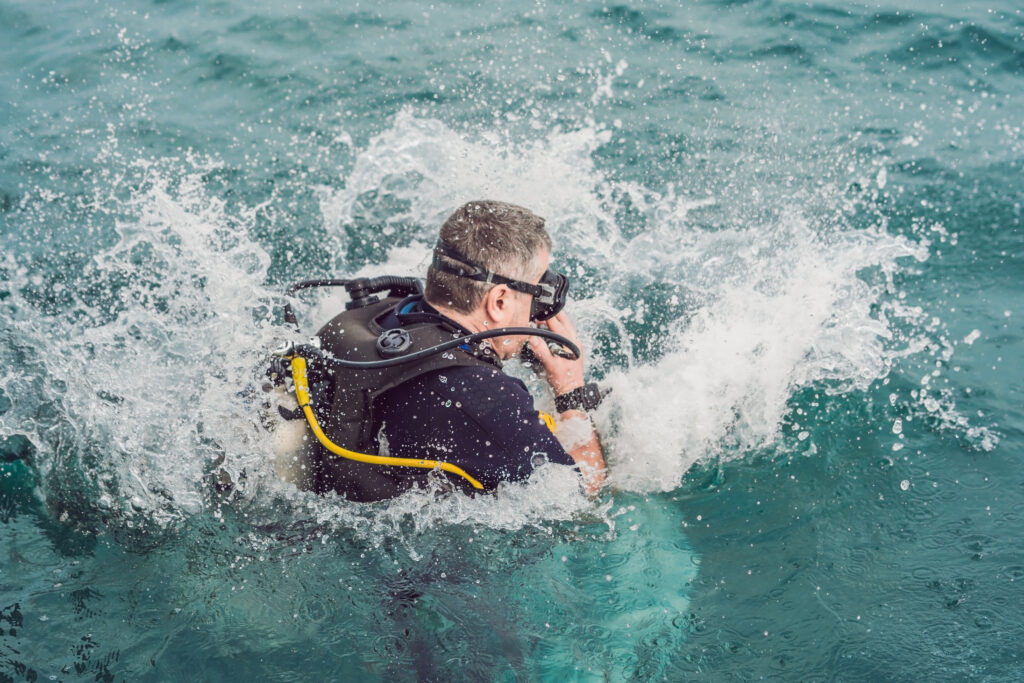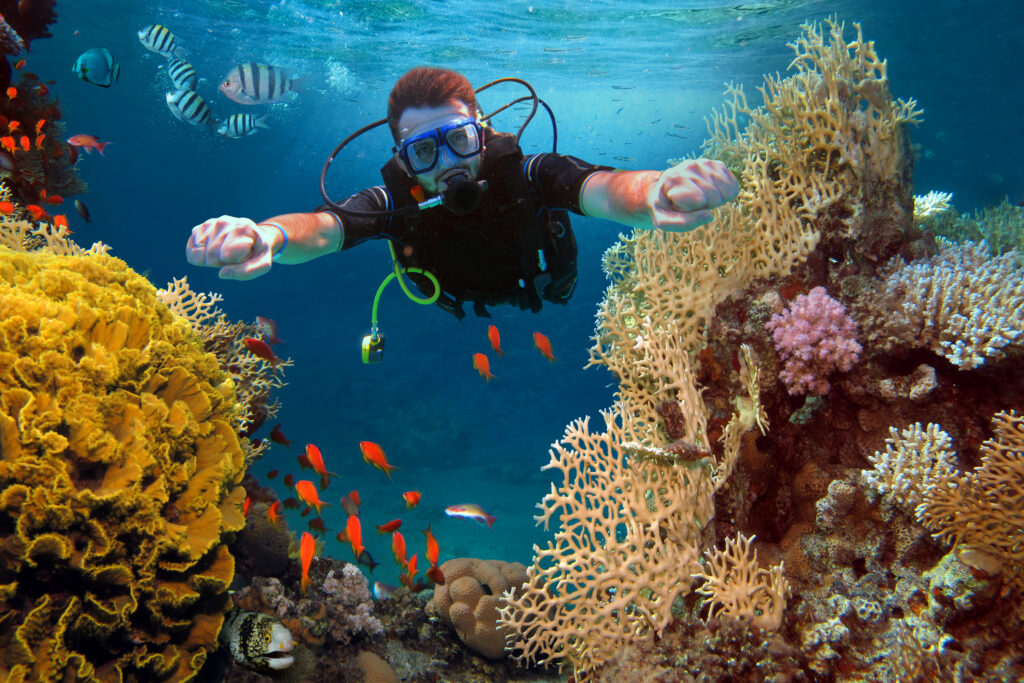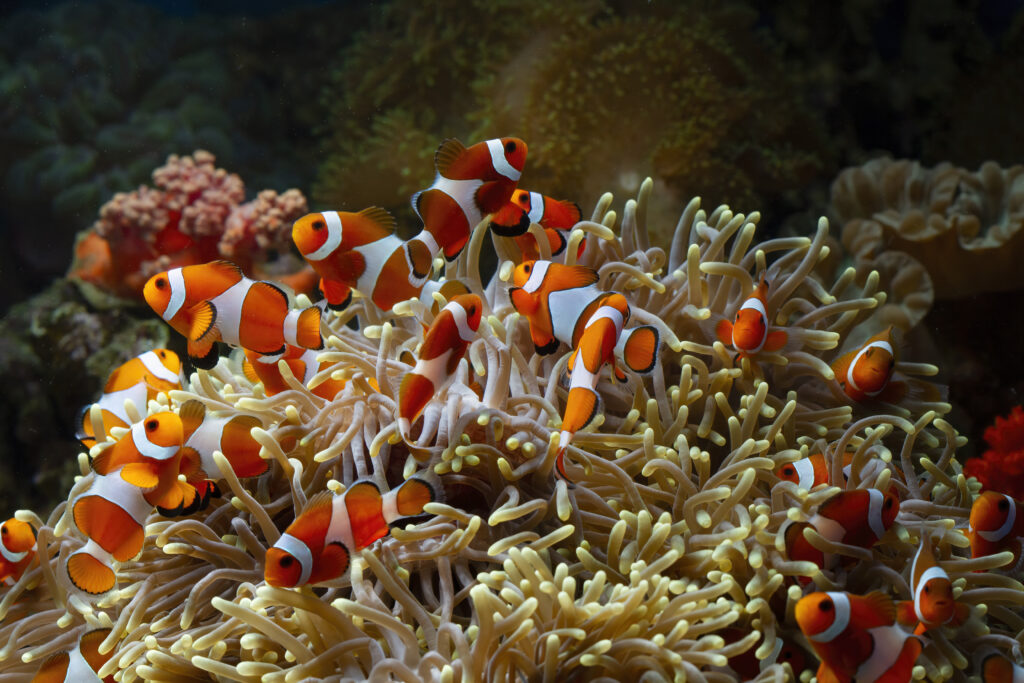For a quick overview, here are the key components of the PADI Divemaster course,
Theory Lessons (Knowledge Development)
Dive Theory & Science: Comprehensive coverage of diving physics, physiology, and decompression theory – understanding pressure effects, buoyancy, gas laws, the body’s response to diving, etc.
Role of the Divemaster: What it means to be a dive leader – including professional standards, ethics, and how Divemasters serve as mentors and role models for other divers.
Dive Planning & Management: Learning to plan dives, calculate no-stop limits, use dive tables/computers, and organize dive outings safely. This also includes mapping dive sites and coordinating with dive center operations.
Supervision & Safety: Techniques for supervising certified divers and assisting instructors with students. You’ll study risk management, emergency plans, and how to prevent or handle common problems underwater.
Dive Environment & Equipment: Understanding environmental conditions (currents, visibility, marine life considerations) and equipment usage. Divemasters need solid knowledge of gear maintenance and setup.
Professionalism & Dive Business: Introduction to the business side of diving – from customer service and guiding skills to an overview of how dive shops, resorts, and instructors operate. You’ll also learn about continuing your professional path (e.g., becoming an instructor).

